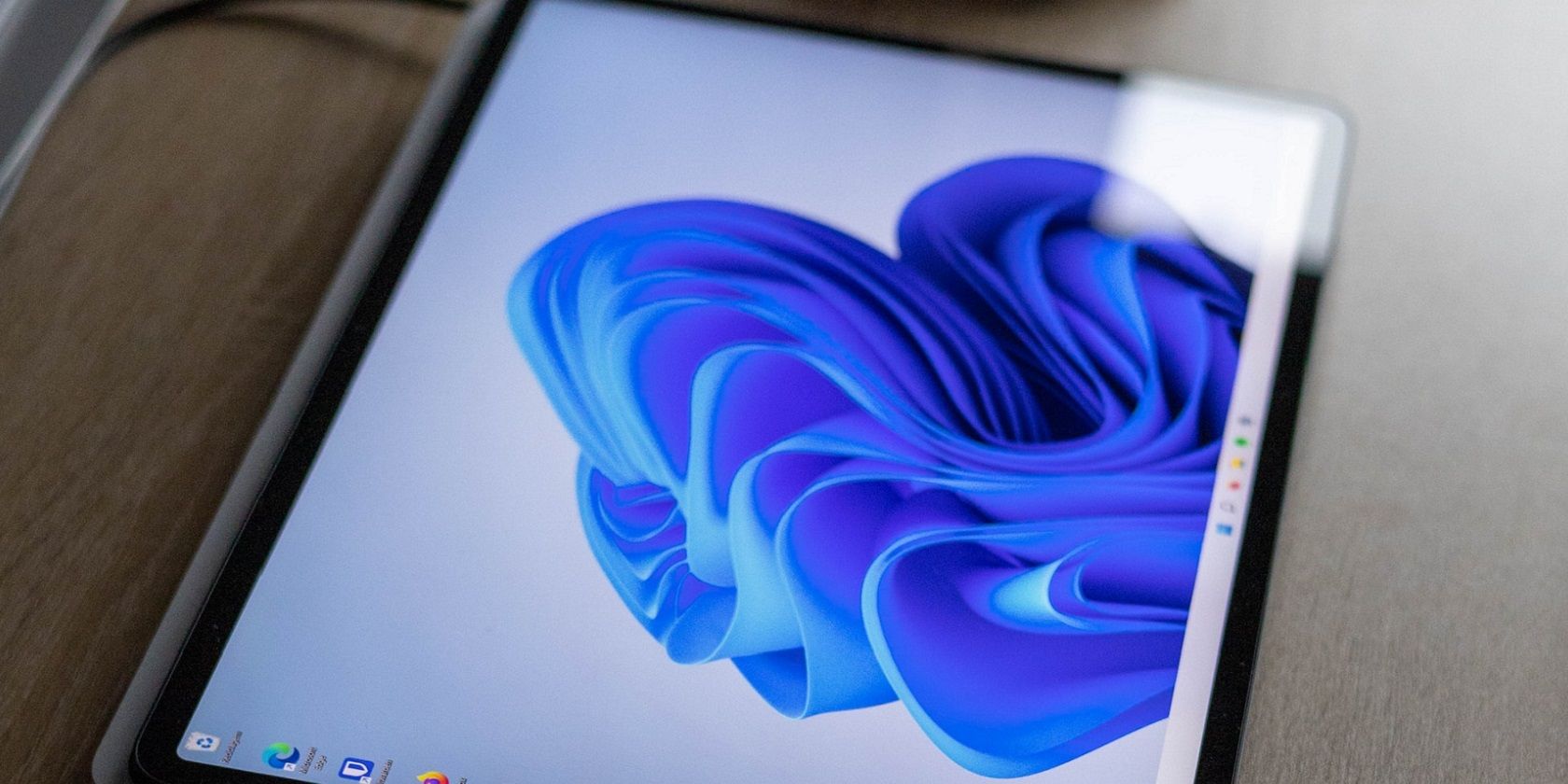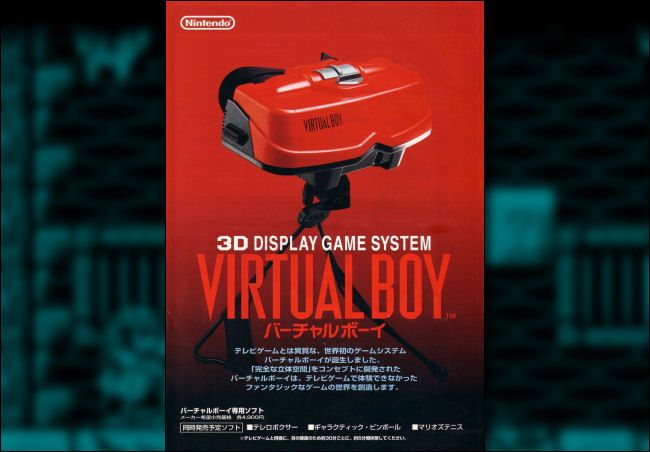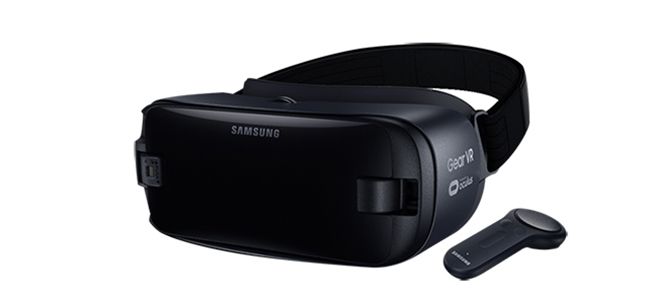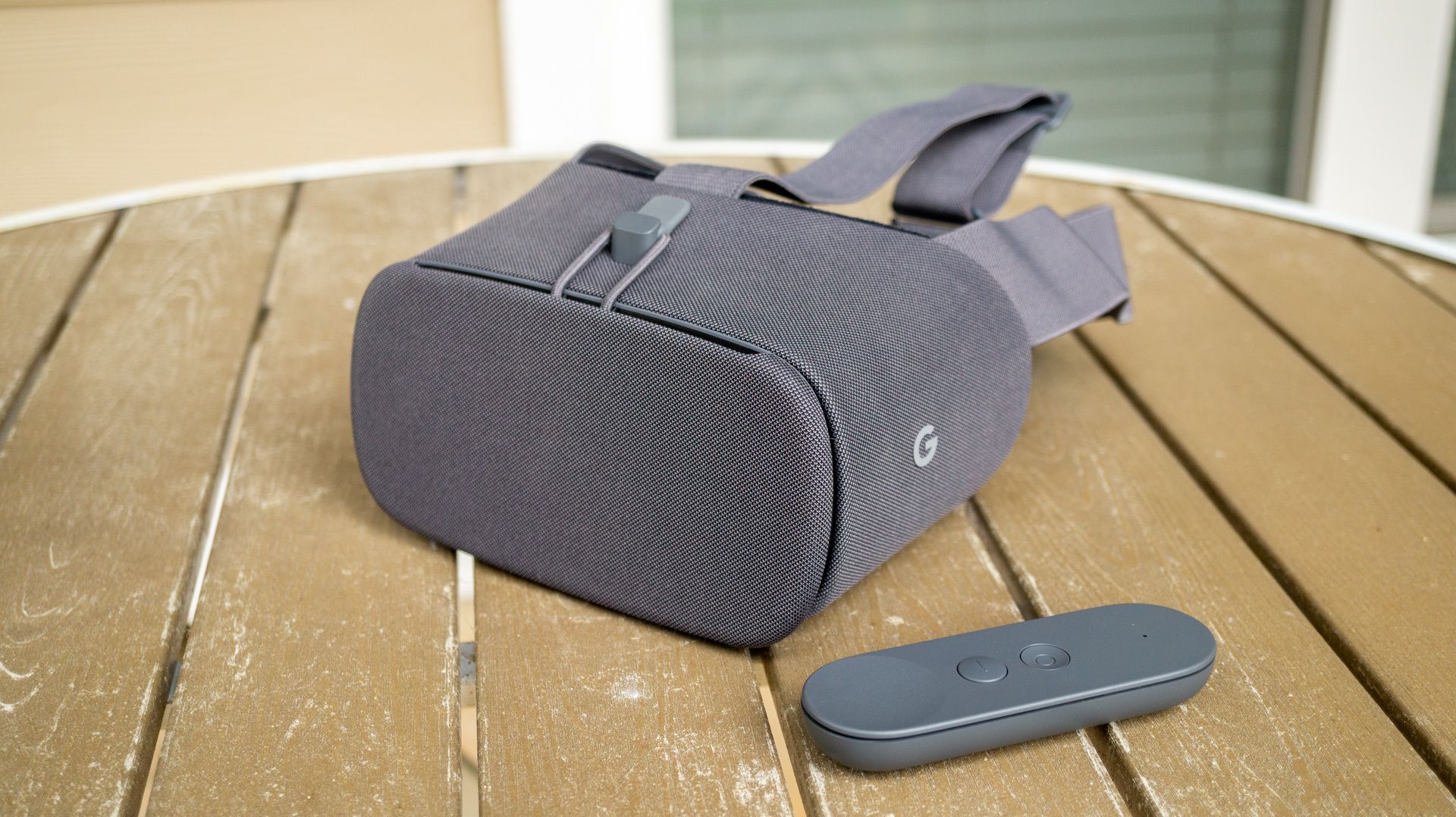
The Top Virtual Reality Innovations: A Historical Review of Promising Tech That Missed Its Mark

The Top Virtual Reality Innovations: A Historical Review of Promising Tech That Missed Its Mark
Quick Links
- Virtual Boy (1995)
- Magic Leap (2010)
- Google Glass (2013)
- Samsung Gear VR (2015)
- Google Daydream (2016)
- Microsoft HoloLens (2016)
Apple’s Vision Pro brought a renewed interest to the virtual reality/augmented reality space, but it’s far from the first device in this category. Many failed attempts have come before it, some of which you may have never even heard about.
The Vision Pro is not being marketed as a “virtual reality headset,” but that’s exactly what it is. You’re never looking at your surroundings in the real world—they’re displayed on the inside screens from the cameras on the outside of the headset.
For the purposes of this list, we’ll be looking at both virtual reality and augmented reality devices that have failed over the years.
Related: The Apple Vision Pro’s Price Isn’t As Crazy At It Seems
Virtual Boy (1995)

Nintendo
Nintendo is known for having a lot of massive successes, but it’s not perfect. One product that has gone down as a notorious flop is the Virtual Boy , an early virtual reality headset of sorts. There have been several virtual reality trends over the years, and Nintendo was trying to cash in on the 90s edition.
The Virtual Boy had poor graphics that only used red and black colors—a big step down from Nintendo’s other consoles—and it was uncomfortable to use. You still needed to use a pretty standard handheld controller with it, too. There wasn’t actually much “virtual reality” in the Virtual Boy, and it sold less than a million units worldwide.
Related: Virtually Forgotten: Nintendo’s Virtual Boy, 25 Years Later
Magic Leap (2010)
Magic Leap was a startup that aimed to create an augmented reality (real augmented reality) headset that could overlay virtual objects on the real world. It raised billions of dollars from big investors and hyped up its product with impressive demos. However, it has grossly failed to live up to the hype.
The company’s first headset “soft launched” in 2018, and it was expensive, underwhelming, and unpopular. Magic Leap hoped to sell 100,000 headsets in six months, but only sold around 6,000. The company then shifted its focus to the enterprise market and released a second headset in 2022 that was slightly improved, but still underwhelming.
Ultimately, the story of Magic Leap is of overhyping and underdelivering. The company has been able to raise funds year after year without releasing a product that has come close to living up to what they’ve demoed or promised. It’s more of an indictment of Silicon Valley than the VR market.
Google Glass (2013)
Google is one of a handful of companies that can get people excited about a brand-new product category if it puts its weight behind it. That’s what it tried to do with Google Glass, a pair of lens-less glasses with a tiny screen that could display information and perform tasks. It was augmented reality at a small scale.
However, Google Glass failed to live up to the excitement. It was expensive at $1,500, the software felt unfinished, and it was a bit controversial. There were privacy concerns about wearing a camera at all times, and the average person just wasn’t that interested in wearing such a device. The original Google Glass was discontinued in 2015 after being available to the public for eight months.
Google didn’t completely drop Glass, though. It shifted focus to an “Enterprise Edition “ model in 2017, but that was finally ended in 2023. There was a lot of initial excitement about Google Glass, but it may have been ahead of its time.
Related: Google Glass Isn’t Dead; It’s the Future of Industry
 SwifDoo PDF Perpetual (2-PC) Free upgrade. No monthly fees ever.
SwifDoo PDF Perpetual (2-PC) Free upgrade. No monthly fees ever.
Samsung Gear VR (2015)

Samsung
Around the same time as Glass, Google also released a very different virtual reality platform called “Google Cardboard .” This kicked off a trend of utilizing smartphones as the driving force behind virtual reality experiences, and Samsung joined in with the Gear VR headset.
The Gear VR was sort of a “grown up” version of Google Cardboard. The headset looked more like a PC or console-powered VR headset—it even had a small handheld remote—but you didn’t need a PC or a gaming console, which made the barrier to entry much lower.
Samsung released five consumer models between 2015 and 2017, and support officially ended in 2020. Ultimately, the Gear VR suffered the same fate as many other VR products. It was a cool idea, but people just weren’t that interested in it.
Google Daydream (2016)

Corbin Davenport / How-To Geek
“Daydream” was the name of Google’s attempted VR platform and the company’s headset. It was essentially the same concept as Samsung’s Gear VR , but the idea was companies could use Daydream to more easily create their own headsets for a wider variety of Android phones. That never panned out, though.
Like Gear VR, it worked by putting a phone into the headset and controlling it with a small handheld remote. Google’s headset, the Daydream View, was made of soft fabric, and was actually very comfortable to use, and it got two generations. However, the only other manufacturer to venture into Daydream was Lenovo, with its standalone “Mirage Solo” headset.
Google Daydream suffered the same fate as the Gear VR. A Google spokesperson said , “Asking people to put their phone in a headset and lose access to the apps they use throughout the day causes immense friction.” It was discontinued in 2019.
Microsoft HoloLens (2016)
Microsoft HoloLens is different than the other devices on this list—it’s a true augmented reality headset. It lets you see and play with 3D stuff on top of the real world seen through transparent lenses. Microsoft first showed off HoloLens in 2015 as the first headset that could do this without needing a phone or a PC. It was followed up by HoloLens 2 in 2019.
HoloLens is a standalone device, meaning it has everything it needs inside the headset, like the battery, cameras, speakers, and tracking sensors. The tracking sensors and chip allow HoloLens to map the environment and make 3D objects appear to be in the real world.
Unlike the other devices on this list, HoloLens has not yet been discontinued . In fact, it’s probably the best AR device on the market. However, that’s due to a scarce market—it hasn’t been a success with consumers, and it’s going on close to four years since the HoloLens 2 was released.
Related: HoloLens Now Has Windows 11 and Incredible 3D Ink Features
Apple will face all of the same problems as these devices with the Vision Pro. On top of that, it’s also going against its own mantra of “digital wellbeing.” At $3,500, the Vision Pro is similarly priced to some failed headsets, but the Apple logo pulls a lot of weight. Can it pull enough to change the tide on VR/AR devices?
Related: Vision Pro Fails to Fit Into Apple’s Digital Wellbeing Mission
- Title: The Top Virtual Reality Innovations: A Historical Review of Promising Tech That Missed Its Mark
- Author: Frank
- Created at : 2024-08-29 01:39:27
- Updated at : 2024-08-30 01:39:27
- Link: https://tech-revival.techidaily.com/the-top-virtual-reality-innovations-a-historical-review-of-promising-tech-that-missed-its-mark/
- License: This work is licensed under CC BY-NC-SA 4.0.


